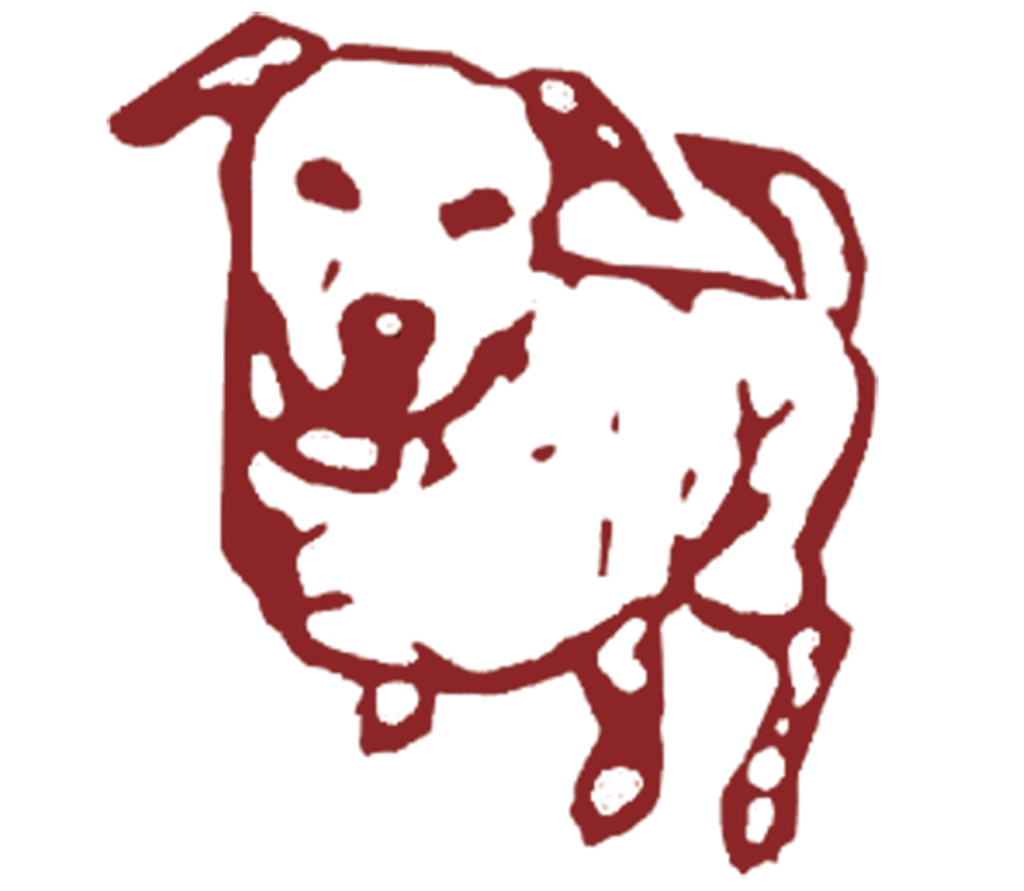Chaser: Unlocking the Genius of the Dog Who Knows a Thousand Words
Pilley, J. and Hinzmann, H.
Houghton Mifflin Harcourt, 2013,
ISBN-10: 0544102576, 272 pages, $15.29
Several books on the market today offer dog owners a chance to understand the minds of their canine companions. Questions about how dogs think, learn, love and evolve are finally being answered through scientific inquiry. But one of the most enjoyable tales about this new area of research comes from Dr. John Pilley and his dog Chaser.
At the start, Pilley found no reason to believe dogs could learn words. They don’t even know their own names, except as a signal to pay attention. That was the prevailing wisdom in the scientific community, a legacy from René DesCartes, the 17th century mathematician, physicist and philosopher. Descartes had declared animals to be no more than meat machines, and the label stuck for centuries. Further undermining the case for animal intelligence was Clever Hans, a horse that early in the 20th century seemed to be able to understand language and perform mathematical tasks. But Clever Hans was not really clever. The horse was simply reading the unintentional body language of the human trainer, and the exposure of this hoax heaped further skepticism onto the question about whether animals could learn words.
It was only after meeting some very insistent owners of border collies that Pilley decided it was worth putting the accepted scientific doctrine to the test. After he retired as a psychology professor, Pilley and his wife adopted a new Border Collie puppy who had a dangerous tendency to chase cars. His partnership with Chaser began probably the most intensive attempt to teach a dog language so far. The results, which ultimately were published in a scientific journal, went far beyond what anyone had achieved in animal language training.
It took several tries for Pilley to get his work published, and it required the help of a colleague who could organize and compile the data in a convincing way. Even for an experienced professor, getting published in a scientific journal is a challenge. That’s a useful lesson for anyone who would seek to oppose long-established scientific doctrine. But the other lesson is that scientific truths will eventually overcome scientific biases.
Pilley proved that not only could his dog, Chaser, learn more than 1,000 nouns, he could also learn verbs and combine the two parts of speech to understand sentences. Pilley’s discovery became a worldwide phenomenon and led to appearances for Chaser on the Today show, World News With Diane Sawyer and Nova Science Now. One can only wonder what new possibilities Pilley has opened up. Perhaps someday there will be vocabulary competitions among dogs to rival today’s dog agility events.
Or perhaps not. Anyone who follows Pilley into this world of animal language should be prepared to work for hours a day over several years with their dog. And while the Border Colie may have the intelligence needed to build a vocabulary of a 1,000 words, they are also high-energy dogs in need of a lot of space, attention and play. Fortunately, Pilley had plenty to give his dog.
The book is an engaging and fun read. The science here is presented in layman’s terms, hardly needing any translation. Pilley truly loves the dogs in his life, and that comes through in the telling of this story.
— Ed Bond
